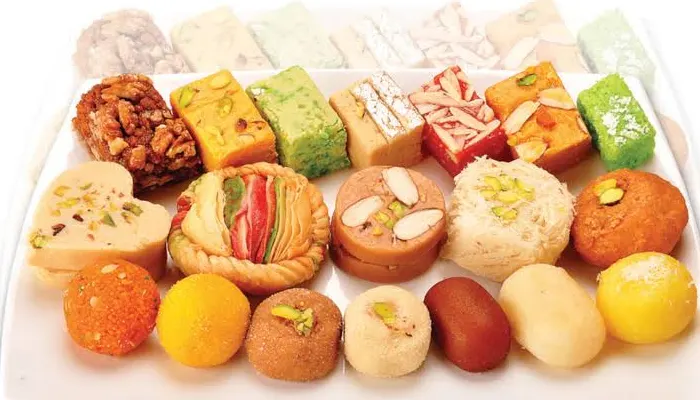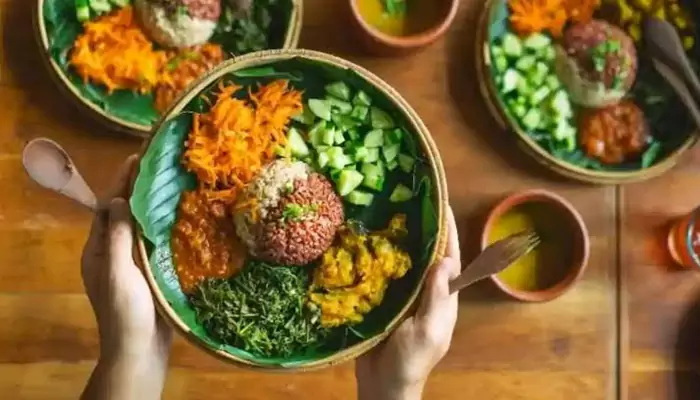Raindrops & Soaring Vegetable Prices: Exploring Alternatives to Smart Stockpiling Strategies in Monsoon
- Admin
- 1 year ago
- 3 minutes read

With the onset of monsoon comes the spike in vegetable prices.
Less shelf life along with disruption in supply chain and reduced production due to heatwave lead to a crisis in vegetable market. As different parts of India are facing heavy rainfall, the price of high demand vegetables like tomato, potato, and onion are already skyrocketing. “By July 5, the average tomato prices across India had reached Rs 59.88 per kg, continuing an upward trend from May,” according to the Centre for Economic Data and Analysis (CEDA).
“High temperatures in key growing regions such as Karnataka and Andhra Pradesh led to a 35% reduction in tomato arrivals,” according to a report by Credit Rating Information Services of India Limited (CRISIL).
Under such unprecedented situation, it's important to think alternate ways and effective storage process.
Smart Stockpiling Strategies in Monsoon:
Monsoon brings lots of health diseases. During this time, fruits and vegetables get contaminated and rotten quickly. Some effective storage strategies are mentioned below.
Green Vegetables: Extra care should be taken for green vegetables such as spinach, coriander, and broccoli. Buy only bright green-coloured, fresh veggies. Always trim the roots and keep them in a bucket full of water for sometime. Then, soak the excess moisture with cloth towel and keep in a plastic bag. Refrigerator has a seperate area to keep veggies, always keep there.
Potatoes & Onions: These are staple food (veggies) in Indian kitchens, so we tend to buy them in bulk. While buying onions, pick the shiny, dry or tissue-like thin skin, they are fresh and good in taste. For potato, buy those without spots. Do not purchase potatoes with sprouts as they are too old. Keep both onion and potato in dry and cool area. It prevents them from sprouting. Do not keep potato and tomato in fridge.
Root Vegetables: They should always be kept in a cool place. Before storing them in fridge, keep them in perforated plastic bags. In this condition, root vegetables can stay fresh for 15-20 days. Remember, never wash them before actually using them in cooking. Repeated washing can reduce the crispiness.
Precautions for other Veggies: Purchase commonly used vegetables including eggplant, cucumber, and ladyfinger in fresh condition. They must be consumed within 2-3 days. If you are planning to store them, use a plastic bag or a cloth towel.
Alternate Methods:
Urban Farming: This is a modern approach of farming in an urban environment. Usually, farming is limited to rural areas, but, amidst rising demand and price, urban farming can be an effective strategy. This includes community garden, community farms, vertical gardens and so on.
Home Garden: This is one form of urban farming where you can cultivate vegetables in your home. Tomato, root and green vegetables can be cultivated by following simple steps. Of course, you have to be vigilant for each step of cultivation.
“The cost of preparing a home-cooked vegetarian thali increased by 10% in June due to sharp rises in the prices of tomato, onion, and potato (TOP),” according to a recent CRISIL report.
Food prices have been volatile due to weather-dependent production and supply chain. Thus, follow these above-mentioned steps to avoid paying more for vegetables.











